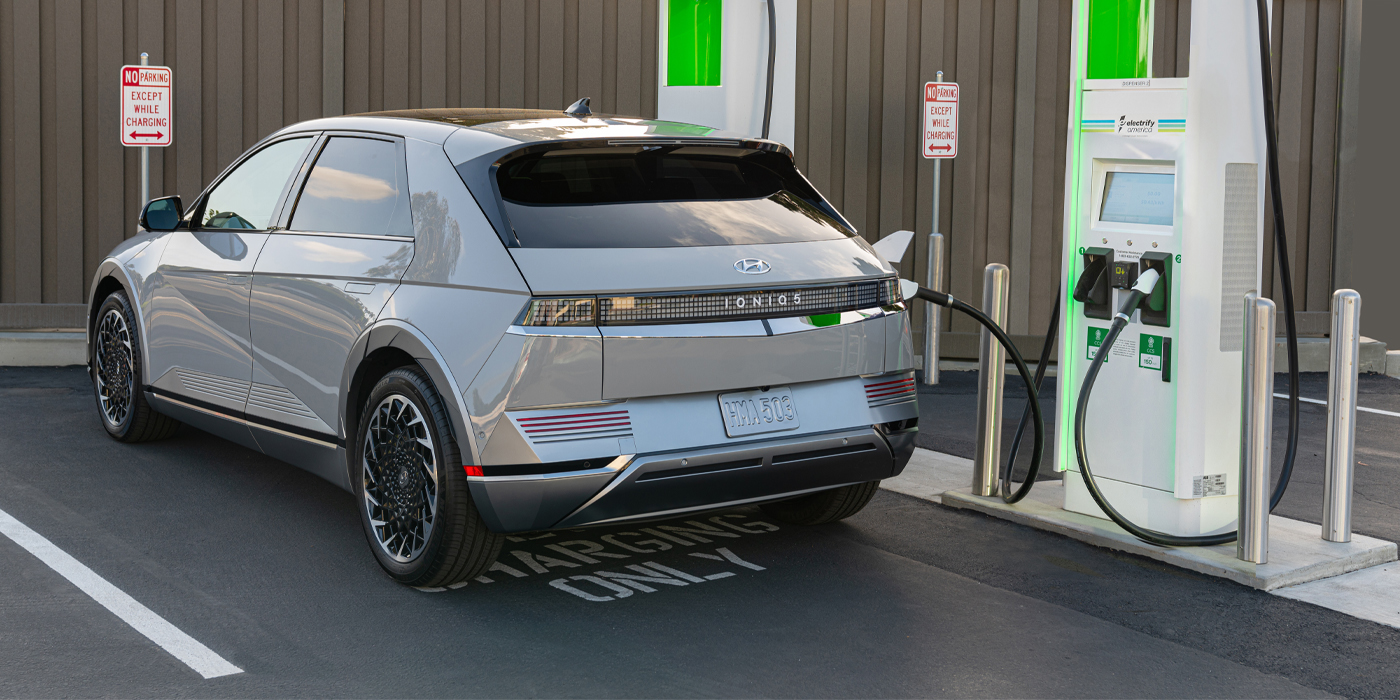Hyundai’s EV Revolution: How Korea Outpaced the Old Guard
Hyundai was never supposed to lead. For decades it played the role of the bargain brand, the company that built cars people bought when they couldn’t afford anything else. A Hyundai was transportation, not aspiration. That’s what made its rise in the electric era so startling.
Because while the industry obsessed over Tesla and waited for the Germans to catch up, Hyundai quietly built the cars that actually work.
The Breakthrough
The Ioniq 5 was the moment the world had to stop and take Hyundai seriously. Not because it was quirky or cheap, but because it was good—good enough to stand next to anything Volkswagen or Toyota had to offer. Its design was crisp, its range competitive, its charging speed among the fastest in the industry. Reviewers didn’t have to hedge. They called it what it was: one of the best EVs on the market.
The Ioniq 6 followed, doubling down on ambition. Sleek, aerodynamic, and daring, it proved the first wasn’t a fluke. Hyundai wasn’t experimenting. It was executing.
Outpacing the Old Guard
The legacy automakers moved slowly, distracted by protecting their existing fleets. German brands promised electric revolutions but delivered half-measures. Toyota clung to hybrids. Even Tesla, for all its dominance, began to feel stagnant.
Hyundai saw the opening. It built a dedicated EV platform, invested in battery tech, and committed to design that felt forward rather than recycled. By the time the old guard had product planners arguing in boardrooms, Hyundai had cars on the road.
Why It Works
Hyundai’s EV success is not an accident. It’s strategy.
- Speed: They release models faster than competitors can finalize prototypes.
- Design: They treat EVs as a canvas, not a compliance exercise.
- Accessibility: Pricing undercuts premium rivals without feeling compromised.
This combination—execution, aesthetics, and pragmatism—has positioned Hyundai not as the alternative, but as the standard others are chasing.
The Bet Ahead
Hyundai’s challenge now is scale. Can they turn breakout success into enduring dominance? The roadmap suggests yes. More Ioniqs. More shared platforms. More willingness to push into segments that competitors hesitate to touch.
What began as an unthinkable proposition—Hyundai leading in innovation—has become reality. The brand that once sold warranties is now selling vision.
The only question left is how long the industry can pretend not to notice.
